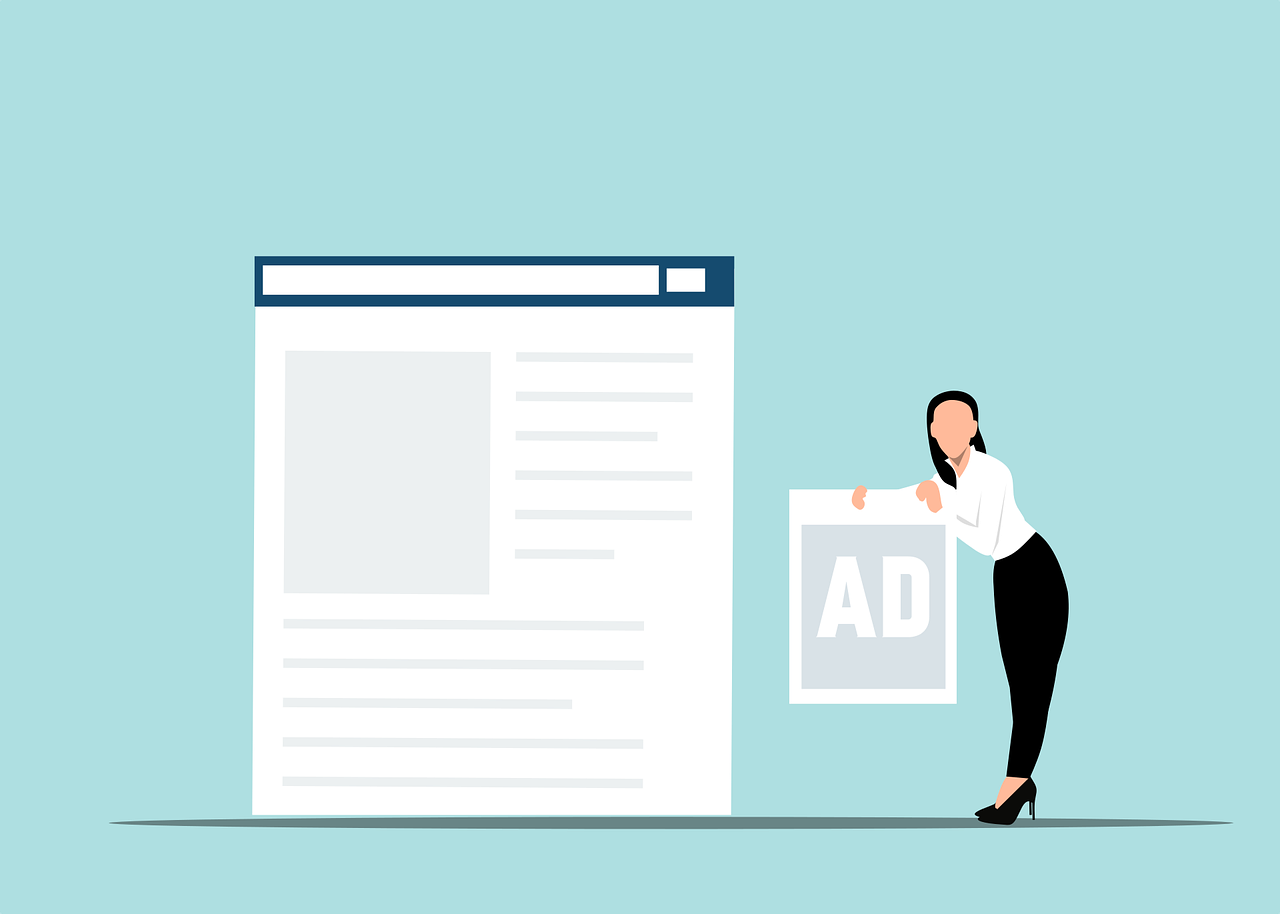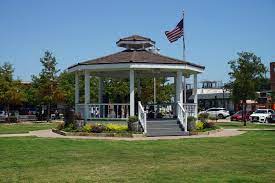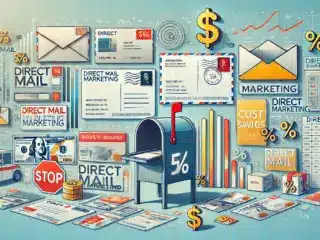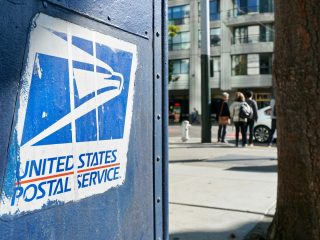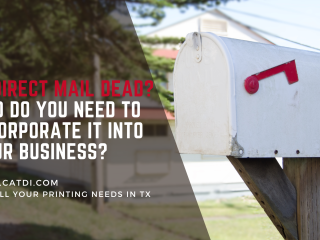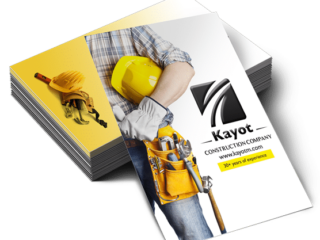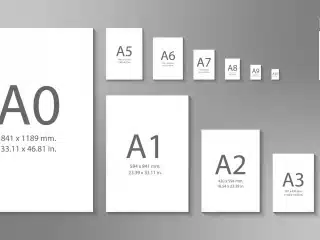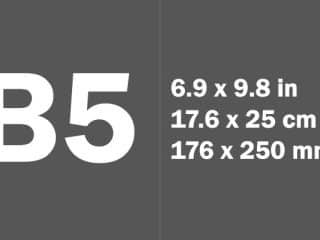Last Updated on December 10, 2021 by Carlos Alonso
The right landing page can keep visitors on your website longer and convert them into paying customers more often. But landing pages are only effective as its quality and how well it aligns to the company’s core objectives.
Different objectives require different types of landing pages, and knowing what the major types of landing pages are and when they should be used is key to finding a landing page template that delivers. Check out these major types of landing pages to help you determine which will work best for you.
1. Product Landing Page
Your website’s home page is meant to provide an overview of your business and products, as well as have links for those seeking more detailed information. Due to this broad goal, a home page may not be the best place to direct visitors who have come to your website in response to a campaign around a specific product. A product landing page is a better destination for that.
The product landing page strategically displays the product in question to the audience. It typically features images, videos, product descriptions and how-to guides, all capturing the product’s details. Anyone clicking on the product ad on third party websites, social media and elsewhere on your website should land on the product landing page.
2. Squeeze Page
The squeeze page is a means of collecting email addresses from incoming visitor traffic. With an email address, you can create a deeper connection with prospects by disseminating engaging content and persuasive product promotions. Squeeze pages usually have a simple design and include a convincing call-to-action (CTA) button.
Since you are a business they are probably interacting with for the first time, people are unlikely to provide their email addresses unless you can give them something in return. Through squeeze pages, you can offer whitepapers, ebooks, newsletters, free product trials and more, in exchange for the email address.
3. Lead Generation Page
The lead generation page, just like the name implies, is meant to generate leads for your brand promotion or business. While it may have the appearance of a squeeze page, it has a bigger objective of collecting more detailed data from the visitor. Detailed information would often include name, email address, location, designation, company name, industry and company revenue.
Because you will be collecting much more data than you would with a squeeze page, you have to have a compelling headline and message. Prospects will have to spend a minute or two to fill in this information, so it has to make sense for them. Ensure that you make it clear your website adheres to applicable privacy laws such as the GDPR.
4. Splash Landing Page
A splash landing page aims to immediately capture the attention of a visitor. It will usually appear before the person lands on the page they originally clicked on. The splash page is thin on content as it looks to capture visitor attention for less than a minute.
Brevity is key on this page, as it isn’t aimed at conversion, but rather meant to announce promotions, webinars or new arrivals. You could also use a splash landing page to confirm visitor age or set language and geography preferences.
5. Long-Form Sales Landing Page
The long-form sales landing page is perhaps what many people think of when they imagine a landing page. A permanent fixture of the world wide web for years now, it is the online equivalent of an infomercial. It follows a long-form format written in persuasive wording that directs a prospect into subscribing for a service, or buying a product.
A long-form sales landing page will contain a mix of product descriptions, benefits, discount codes, testimonials, videos, FAQs and multiple CTA buttons. There is no limit to the length of the page but many are under 5,000 words long to ensure they get the message across without losing the reader’s attention.
Plan, Then Choose
Before you create a landing page, set out your strategy, understand your audience and map out your campaign. With that done, you can choose the best type of landing page for your visitors to encounter when they arrive at your site.

